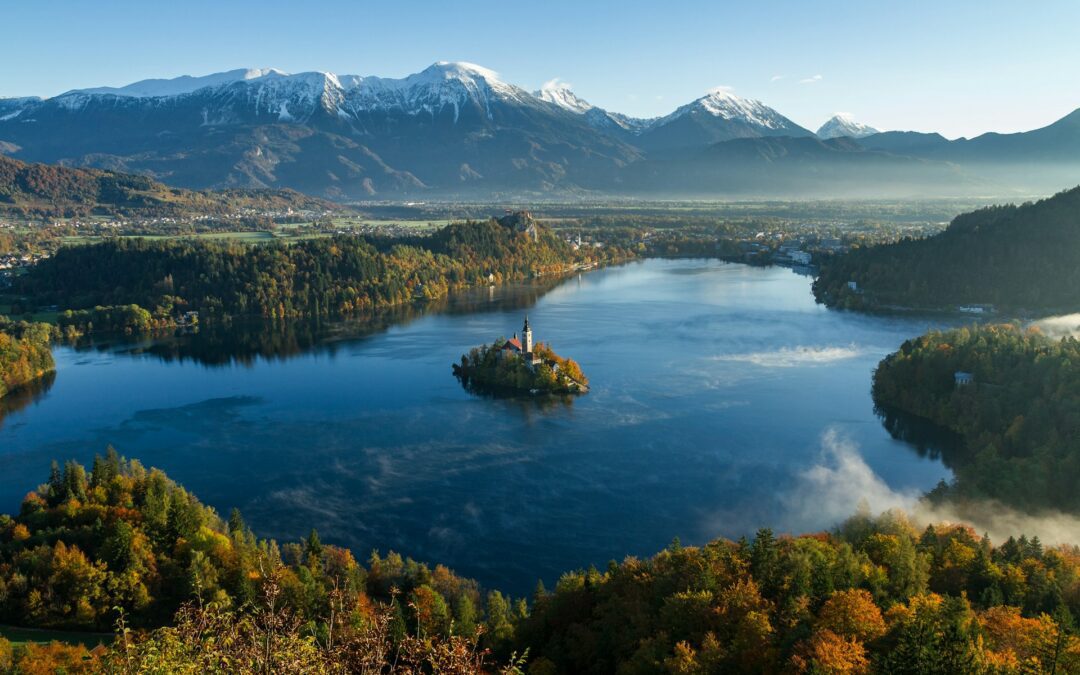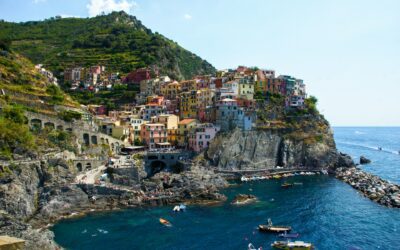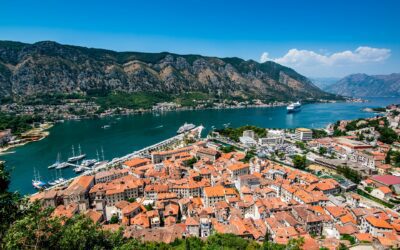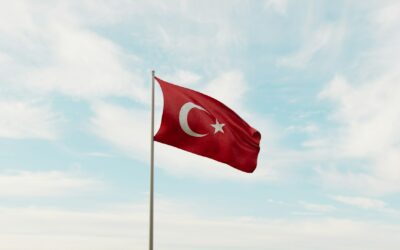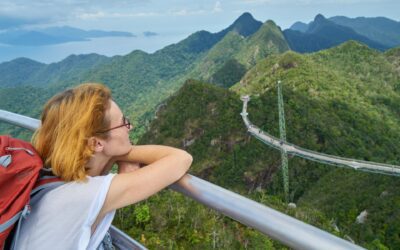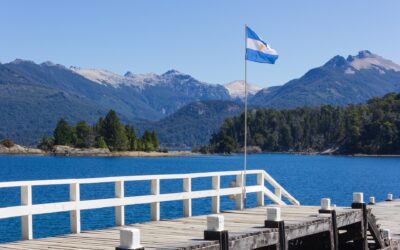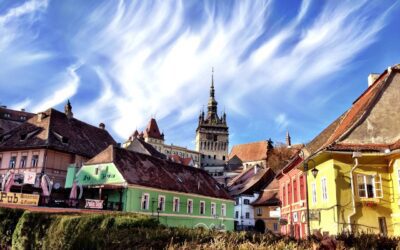|
|
The Croatian publication Poslovni Dnevnik is reporting that Slovenia has announced its intention to make a digital nomad visa (or rather a residence permit) available for remote workers wishing to live in Slovenia following the model set by Croatia. However, we haven’t been able to find a corresponding press release.
Nevertheless, let’s look at what that might mean for Slovenia, and what Slovenia is like for digital nomads.
What is the Croatia Model?
Croatia was one of the first European countries to release a digital nomad visa, which came into effect on 1 January 2021. It allows remote workers to stay in Croatia for up to a year in the first instance as long as they meet the minimum income requirement of €2,300 per month.
It makes sense that Slovenia would want to emulate its neighbor, which receives twice as many tourist visitors each year. It is estimated that in 2022, Slovenia received 2.8 million tourists to Croatia’s 12.8 million.
Nevertheless, while the Croatian government is confident that the visa has helped attract these high-value and high-spending visitors, finding hard evidence to back that up is challenging.
The Croatian government says that the visa is increasing in popularity. There were 1,398 applications for the visa in the first eleven months of 2023, up from 1,223 for the whole year of 2022. And this only represents a fraction of digital nomads in the country since EU citizens don’t need a visa, nor do digital nomads who want to stay for fewer than 90 days. But awareness of the visa is thought to push up visits from these groups as well.
It is estimated that there are around 5,000 digital nomads in Croatia at any given time.
However, it is worth noting that most applicants for the visa come from Ukraine and Russia, so the increase in applications is probably a reflection of the turmoil in that part of the world. The next highest groups are Americans and Brits, with 153 and 60 applications submitted last year respectively.
Nevertheless, despite the hard data not really being there, overall, the verdict is that the model is a success and would be a good addition to Slovenia’s law On Foreigners.
Slovenia for Digital Nomads
But would digital nomads want to visit Slovenia? We think that the answer is yes! Let’s take a look at a few reasons why.
Slovenia is an EU Country
Slovenia is an EU country, which makes it an excellent destination for a strategic visa application to visit the Schengen area. While the residence permit only gives you permission to live in Slovenia, you can visit other Schengen area countries for up to 90 days every 180 days.
Affordable Cost of Living
Slovenia enjoys a very affordable cost of living by European standards. Numbeo estimates that a single person needs about €765 per month for living expenses before rent, and Euros are the local currency. Rent is also not expensive, estimated at between €500-1,000 per month depending on what you choose.
The cost of living is estimated to be about 15% less than neighboring Italy, about 40% less than neighboring Austria, and on par with neighboring Croatia.
The Landscape is Stunning
Slovenia is a mostly landlocked country between Italy, Austria, and Croatia, and is an amalgam of the best of those countries’ landscapes. While the coastline is short, Croatia does have Adriatic beaches that rival those of Italy and Croatia, and they tend to be less busy. It has an Alps borderline with some stunning ski resorts, which is why it is among our top digital nomad skiing destinations.
Also, expect the green forests and lakes that characterize the interior of Croatia. About 60% of the countryside is covered in forests, and around one-third of that is protected land.
Top places to visit include Lake Bled and Bled Castle, Savica Falls, Boka Waterfall, Vintgar Gorge, Triglav National Par, Postojna Caves, and the Soca River Valley.
English is Widely Spoken
Slovenian is a rather challenging Slavic language, but because it is not really spoken anywhere else in the world, most Slovenians that you meet will speak another language, very often English, but it could also be German or Italian, or all three.
It’s Very Safe
Slovenia is an extremely safe place, with low crime rates and a respectful culture which means that it is safe for women to be on the streets alone at night (of course, use common sense, danger exists everywhere).
The Food is Excellent
While you might not find the same range of food and restaurants on offer in Slovenia as in other countries, there is a field-to-fork philosophy across the nation, which means that food feels hearty and healthy.
Slovenia also bottles excellent wine, just not in huge quantities, so you don’t usually see it outside the country. Expect to drink excellent and affordable local wine.
It’s Good All Year
Summers are warm but not scorching and winters are cold but not freezing, so you can enjoy the full four seasons, but ever in a way that feels overwhelming. Expect relaxed summers y the beach and the lake and white winters with European Christmas markets.
Ljubljana is a Beautiful City
Slovenia is a small country with good transport links, to the capital Ljubljana makes a great base for digital nomads. It is a city of dragons, since this is the icon of the city of around 300,000 people, and they are visible almost everywhere on buildings and advertising.
The Old Town is charming and full of history, cafes, and eateries. There are also plenty of bars, but don’t expect the kind of nightlife you see in Europe’s larger capitals. It is also a very green city, so you never feel like you are living in a concrete jungle. With the small population and focus on environmentally friendly policies like car-free zones, the air feels clean too.
For work, there are actually several good coworking spaces in the city including MP Hub, Impact Hub, and Pisarna. There is also a strong café culture if you prefer to work from cafes.
It’s Not Overly Touristy
The problem with some of Europe’s most popular cities is that they can feel overly touristy. Slovenia still feels like it is a place that a lot of people don’t know about and aren’t visiting. This means fewer queues and experiences that feel newer and more authentic.
It Has an Interesting History to Discover
Slovenia sits at the crossroads of Slavic, Germanic, and Roman empires, meaning that it has an interesting and layered history to discover. It was part of the Roman Empire, Byzantine Empire, Carolingian Empire, Holy Roman Empire, Kingdom of Hungary, Republic of Venice, Napolean’s First French Empire, the Austrian Empire, and the Austro-Hungarian Empire.
Slovenia was a contested area from 1918 onwards, being part of Serbia, Yugoslavia, controlled by Germany, Italy, and Hungary, a Nazi puppet state, and only declared independent in 1991.
All of these layers of history are there to be discovered.
Is Slovenia on Your Digital Nomad Destination List?
Are you considering Slovenia as a potential digital nomad destination? This new digital nomad visa is an interesting proposition. Even if you don’t want to spend a full year in Slovenia, it could be a gateway visa to visiting the Schengen area as a whole.

